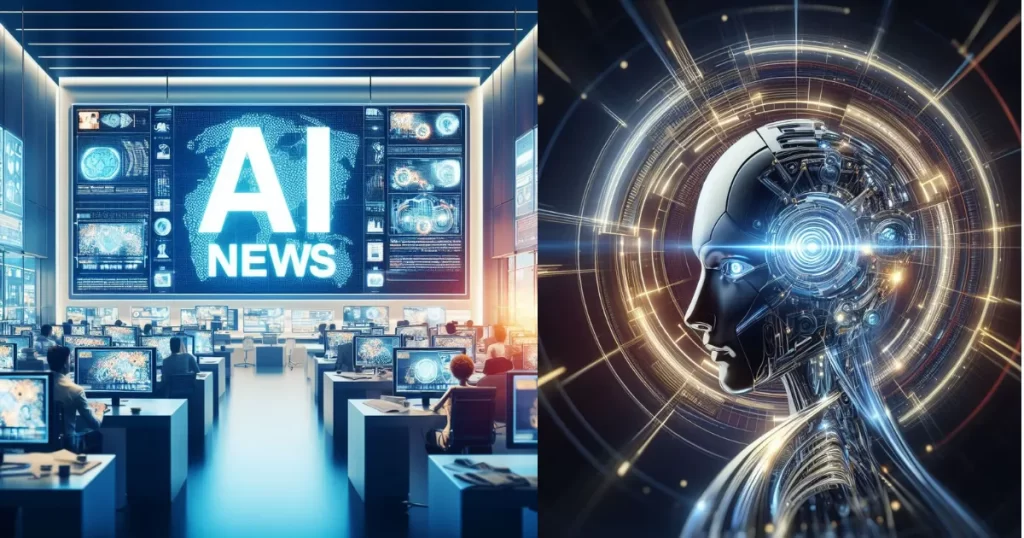Microsoft has revealed a new AI tool dubbed “correction,” which aims to enhance the correctness of AI-generated content. This technology, which is part of the Microsoft Azure AI platform, promises to discover and correct mistakes in AI outputs automatically. The correction tool assists businesses in identifying and rewriting any flaws in the material provided by their AI systems, hence improving the reliability of AI outputs.
This new functionality is now in preview within the Azure AI Studio, which provides a number of tools to assure AI safety. These technologies can detect flaws, identify “hallucinations” (where an AI fabricates information), and prevent dangerous urges. The rectification tool works by analyzing AI-generated information and comparing it to the company’s source material to find errors.If the system finds an error, it underlines it, explains why it’s wrong, and then rewrites the material with the proper information. This occurs before the user ever notices the wrong output, making it a proactive remedy to AI faults. Although this feature can assist alleviate frequent concerns with AI-generated material, it is not a perfect solution.
Microsoft’s rectification tool is not the only one available on the market. Google Vertex AI, a competitor platform, includes a similar function that compares AI outputs to Google Search, a company’s internal data, and will soon add third-party datasets. This technique, known as “grounding,” ensures that AI outputs are consistent with true knowledge.
In a statement to TechCrunch, Microsoft stated that the correction system uses a combination of small and big language models to match outputs with “grounding documents” – resources that provide a factual foundation for AI-generated content. However, this form of “groundedness” does not guarantee total accuracy; instead, it assures that the AI outputs are consistent with the underlying materials. Microsoft stressed that while this capability enhances AI dependability, it still allows for failures.
Microsoft’s rectification capability is a step forward in solving a significant issue in artificial intelligence: the creation of inaccurate or misleading data. Although the tool is still in its early stages, it represents a promising alternative for enterprises seeking to eliminate mistakes in AI-generated content. Users should nevertheless approach AI outputs with caution, since no system is flawless.
The story is based on Emma Roth’s reporting, which was initially published by The Verge on September 24, 2024. You can check out the full article here.

I’m Voss Xolani, and I’m deeply passionate about exploring AI software and tools. From cutting-edge machine learning platforms to powerful automation systems, I’m always on the lookout for the latest innovations that push the boundaries of what AI can do. I love experimenting with new AI tools, discovering how they can improve efficiency and open up new possibilities. With a keen eye for software that’s shaping the future, I’m excited to share with you the tools that are transforming industries and everyday life.

